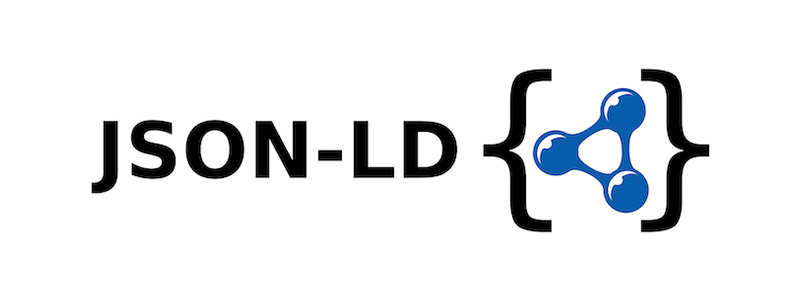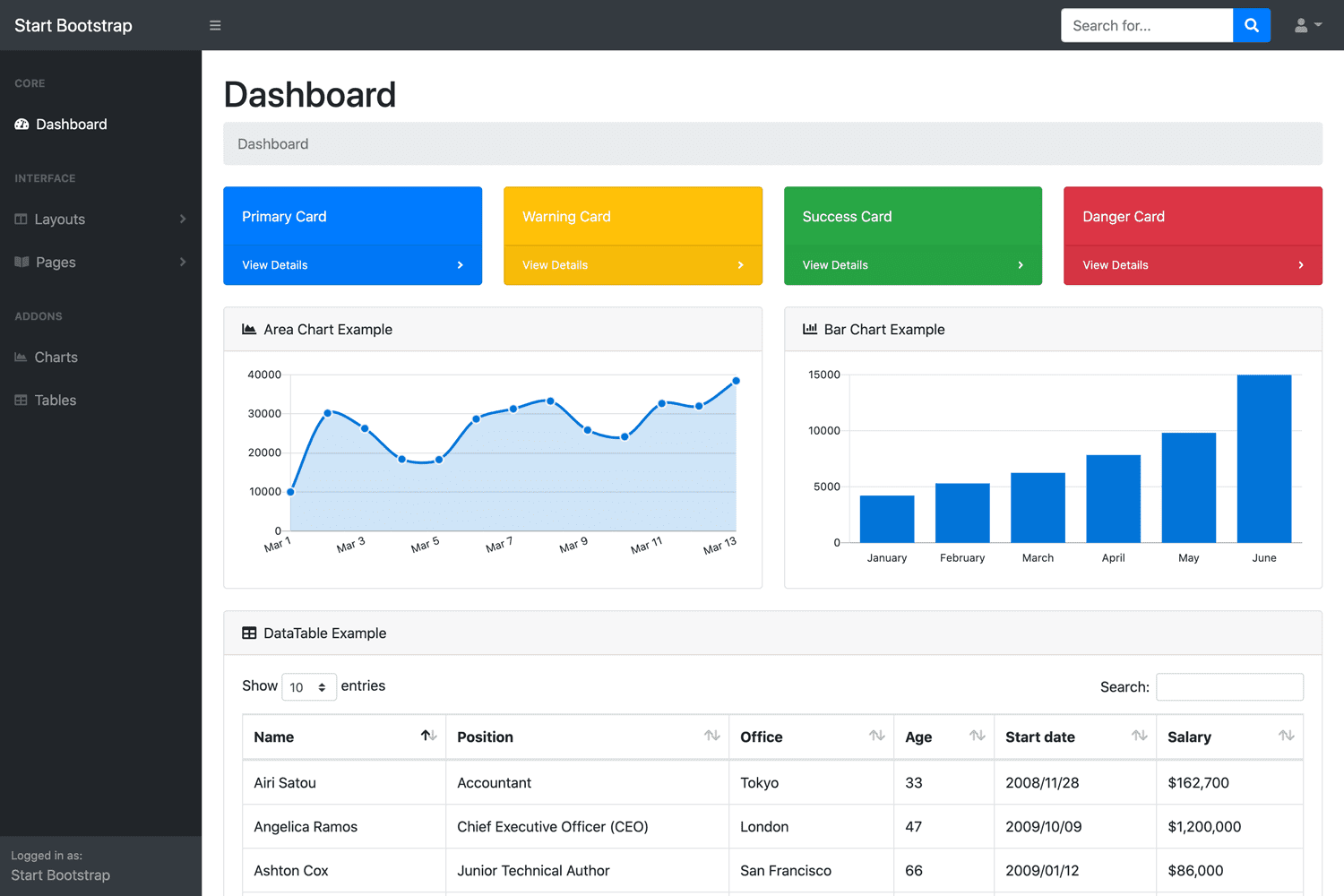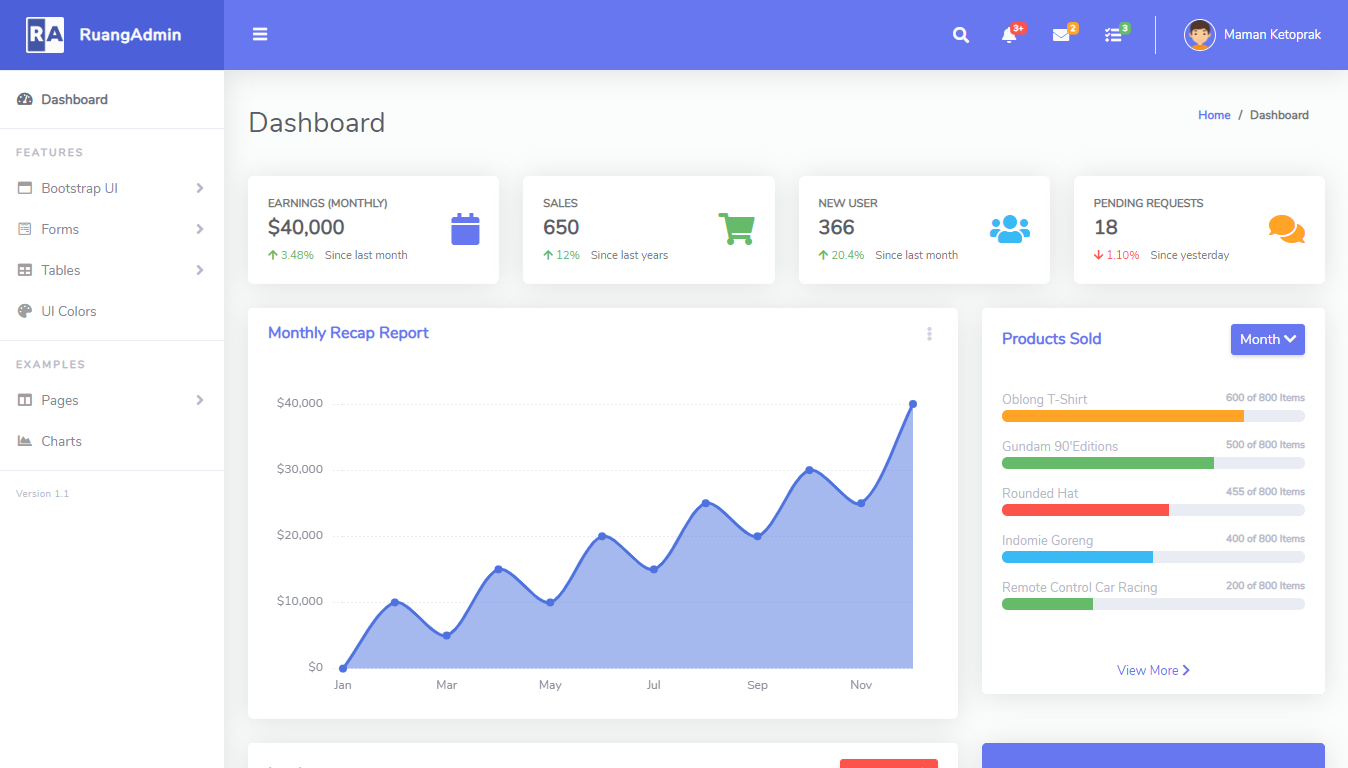Registering Global Hotkeys in WinForms
By Tan Lee Published on Feb 15, 2025 804
While there are multiple ways to add hotkeys in WinForms (like the NHotkey library), many of them require specific keystrokes (e.g., Alt+Ctrl+F8) and only work when the form is focused. This is not ideal for global hotkeys. As a fan of convenient tools, I appreciate how software like Camtasia uses global hotkeys, allowing you to start or pause recording with just F9 or F10.
Here's how you can implement global hotkeys in a WinForms application using the RegisterHotKey function from the user32.dll library.
Adding a Single Hotkey
To add a single hotkey, begin by importing the InteropServices module to access the RegisterHotKey function from user32.dll. This method registers a hotkey globally, triggering an action when pressed. The arguments for RegisterHotKey are as follows:
- hWnd: The handle of the form (use
this.Handle). - id: A unique integer ID for the hotkey.
- fsModifiers: A modifier (use
0x0000for no modifier). - vlc: The key code for the hotkey (use
Keys.F9for the F9 key).
Next, override the WndProc function to catch when a hotkey is pressed.
Here’s an example where pressing F9 outside of the form will trigger a message box:
using System;
using System.Windows.Forms;
using System.Runtime.InteropServices;
namespace Demo
{
public partial class Form1 : Form
{
// Import RegisterHotKey method from user32.dll to register global hotkeys
[DllImport("user32.dll")]
public static extern bool RegisterHotKey(IntPtr hWnd, int id, int fsModifiers, int vlc);
public Form1()
{
InitializeComponent();
// Define a unique ID for the hotkey (you can use any integer)
int UniqueHotkeyId = 1;
// Set the key to be used as a hotkey (F9 in this case)
// Convert the key (F9) to its corresponding integer value
int HotKeyCode = (int)Keys.F9;
// Register the hotkey using RegisterHotKey method
// Parameters: window handle, unique ID, modifier (none in this case), and the keycode for F9
bool F9Registered = RegisterHotKey(this.Handle, UniqueHotkeyId, 0x0000, HotKeyCode);
// Check if the hotkey was successfully registered
if (F9Registered)
{
// If successful, print a message to the console
Console.WriteLine("Global Hotkey F9 was successfully registered");
}
else
{
// If registration failed, print an error message to the console
Console.WriteLine("Global Hotkey F9 couldn't be registered!");
}
}
// Override WndProc to handle Windows messages (including hotkey events)
protected override void WndProc(ref Message m)
{
// Check if the message is a hotkey message (0x0312 is the hotkey message identifier)
if (m.Msg == 0x0312)
{
// Retrieve the hotkey ID from the message
int id = m.WParam.ToInt32();
// If the hotkey ID matches the one we registered (1 for F9)
if (id == 1)
{
// Show a message box when F9 is pressed
MessageBox.Show("F9 Was pressed!");
}
}
// Pass the message to the base class for further processing
base.WndProc(ref m);
}
}
}Adding Multiple Hotkeys
If you need multiple hotkeys, simply assign different IDs for each key.
Here’s an example where F9 and F10 trigger different actions:
using System;
using System.Windows.Forms;
using System.Runtime.InteropServices;
namespace Demo
{
public partial class Form1 : Form
{
// Import the RegisterHotKey method from user32.dll to register global hotkeys
[DllImport("user32.dll")]
public static extern bool RegisterHotKey(IntPtr hWnd, int id, int fsModifiers, int vlc);
public Form1()
{
InitializeComponent();
// Define unique IDs for the hotkeys (F9 and F10) to distinguish them
int F9Id = 1, F10Id = 2;
// Convert the F9 and F10 keys to their corresponding integer values
int F9Key = (int)Keys.F9, F10Key = (int)Keys.F10;
// Register F9 and F10 as global hotkeys
// fsModifiers is set to 0x0000 meaning no modifier keys are needed (e.g., Alt, Ctrl)
bool F9Registered = RegisterHotKey(this.Handle, F9Id, 0x0000, F9Key);
bool F10Registered = RegisterHotKey(this.Handle, F10Id, 0x0000, F10Key);
// Check if the hotkeys were successfully registered and log to the console
if (F9Registered) Console.WriteLine("Global Hotkey F9 registered");
if (F10Registered) Console.WriteLine("Global Hotkey F10 registered");
}
// Override the WndProc method to catch system messages, including hotkey presses
protected override void WndProc(ref Message m)
{
// Check if the message is a hotkey event (0x0312 is the message identifier for hotkeys)
if (m.Msg == 0x0312)
{
// Extract the hotkey ID from the message
int id = m.WParam.ToInt32();
// Use a switch statement to handle the respective hotkey actions
switch (id)
{
case 1: // If F9 is pressed (id == 1)
MessageBox.Show("F9 Key Pressed!");
break;
case 2: // If F10 is pressed (id == 2)
MessageBox.Show("F10 Key Pressed!");
break;
}
}
// Pass the message to the base WndProc for further processing
base.WndProc(ref m);
}
}
}Unregistering a Hotkey
To unregister a hotkey, use the UnregisterHotKey method. This can be useful if the hotkey should no longer be active under certain conditions (e.g., changing views).
Here’s an example of registering and then unregistering a hotkey:
using System;
using System.Windows.Forms;
using System.Runtime.InteropServices;
namespace Demo
{
public partial class Form1 : Form
{
// Import the RegisterHotKey function from user32.dll to register global hotkeys
[DllImport("user32.dll")]
public static extern bool RegisterHotKey(IntPtr hWnd, int id, int fsModifiers, int vlc);
// Import the UnregisterHotKey function from user32.dll to unregister global hotkeys
[DllImport("user32.dll")]
public static extern bool UnregisterHotKey(IntPtr hWnd, int id);
public Form1()
{
InitializeComponent();
// Define a unique ID for the hotkey (1 in this case)
int UniqueHotkeyId = 1;
// Set the key that will trigger the hotkey (F9 in this case)
// Convert the F9 key to its integer representation using Keys.F9
int HotKeyCode = (int)Keys.F9;
// Register the hotkey globally using the RegisterHotKey function
// The parameters include the window handle, hotkey ID, modifiers (0x0000 means no modifiers), and the keycode for F9
bool F9Registered = RegisterHotKey(this.Handle, UniqueHotkeyId, 0x0000, HotKeyCode);
// Check if the hotkey was successfully registered and output a message to the console
if (F9Registered)
{
Console.WriteLine("Global Hotkey F9 registered");
}
// After performing the action for F9, unregister the hotkey to remove it from global hotkey list
bool F9UnRegistered = UnregisterHotKey(this.Handle, UniqueHotkeyId);
// Check if the hotkey was successfully unregistered and output a message to the console
if (F9UnRegistered)
{
Console.WriteLine("Global Hotkey F9 unregistered");
}
}
// Override the WndProc method to process Windows messages, including hotkey presses
protected override void WndProc(ref Message m)
{
// Check if the message is related to a hotkey (0x0312 is the message identifier for hotkey presses)
if (m.Msg == 0x0312)
{
// Extract the hotkey ID from the message
int id = m.WParam.ToInt32();
// If the hotkey ID matches the one we registered (1 for F9), show a message box
if (id == 1)
{
MessageBox.Show("F9 Was pressed!");
}
}
// Pass the message to the base class for further processing
base.WndProc(ref m);
}
}
}By using RegisterHotKey from user32.dll, you can easily implement global hotkeys in your WinForms application. This allows users to trigger actions from anywhere on the system, even when the application is not in focus.





